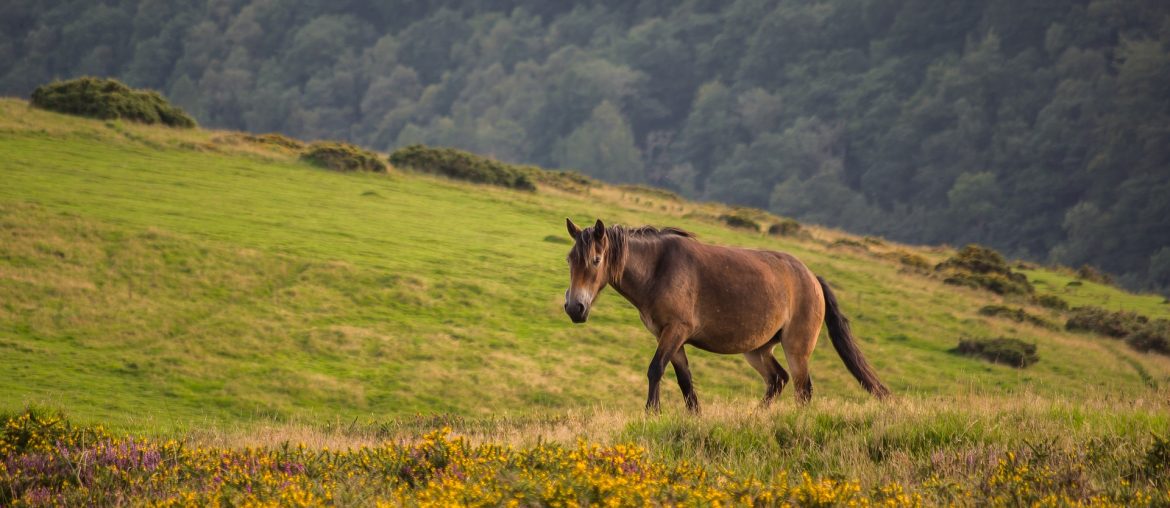Nature lovers have a multitude of wildlife viewing opportunities whilst enjoying a relaxing holiday in Devon. Journeying to the southern region of the county, Dartmoor National Park covers 368 square miles (953 square kilometers) providing the perfect environment for wildlife.
Dartmoor Hill Ponies
The Dartmoor Hill Ponies remain one of the most popular attractions here. Miners used the ponies during medieval times for hauling loads of tin across the moor. Once the mines closed, farmers adopted some of the ponies but the remaining herd roamed wild. Today, visitors have the opportunity of seeing almost 1,000 of these gentle, small ponies enjoying the native landscape.
Alpaca Park and Ashwater Beaworthy Nature Reserve
The Alpaca Park and Ashwater Beaworthy Nature Reserve consists of 100 acres of property located in the scenic Devon countryside. Walk through fragrant gardens, on woodland trails and see the dozens of alpacas, miniature goats and horses, moorland ponies and other native wildlife that consider the reserve home. The location also features an alpaca shop, which sells products made from alpaca wool. Enjoy a picnic or visit the site tearoom.The national park features many different scenic trails, which includes the route to the Lydford Gorge. Visitors find long and short treks here that follow the Lyd as it swiftly moves over the gorge landscape encompassed by steep forest covered walls. A short distance from the gorge brings nature lovers to the magical White Lady Waterfall.
Woolacombe
Initially Woolacombe was called Wolmecoma, which means “Wolves Valley,” the many wildlife species found here include a population of wolves who have ancestry dating back to prehistoric times. Enjoy relaxing or strolling on the three miles (4.8 kilometers) of sandy beaches or take a catamaran tour of the channel while enjoying the native marine life.
Extending from the northern Devon coast inland, visitors find the 267 square mile (693 square kilometer) Exmoor National Park. The many paths and trails venturing across the terrain welcome walking, horseback riding, electric bikes and 4x4s.The coastal vantage point of Woolacombe also offers spectacular views of Lundy Island. Measuring three miles long (five kilometers) and 0.75 miles wide (1.2 kilometers), passenger boats commonly take visitors across the channel to the island for nature exploration. The island particularly attracts bird watchers as over 300 native and migrant species make the island home at some time during the year. Some of the rare birds found here include the Baltimore Oriole, the Glossy Ibis and the Thrush Nightingale.
The location of Exmoor offers guided and self-guided tours to many of the park’s historical and scenic attractions. The diverse landscape includes everything from forested river valleys to rolling heather covered moors. Many bird species, red deer and ancient horse breeds reside here along with a large selection of plant life. Archaeology enthusiasts find Bronze Age burial mounds, Iron Age hill forts and the remains of Roman occupation.




